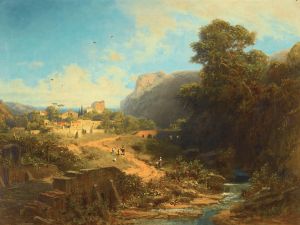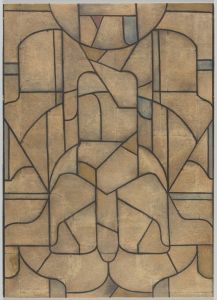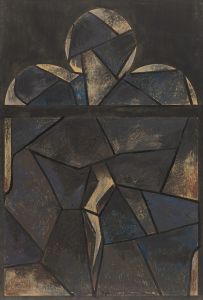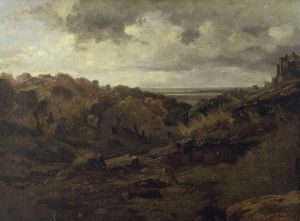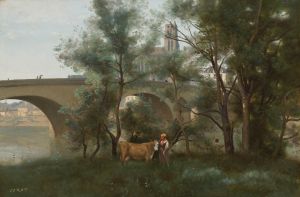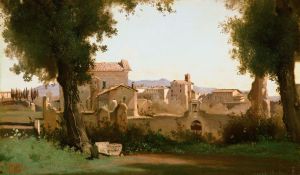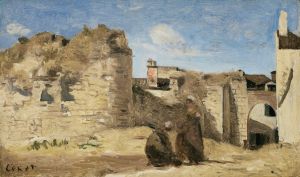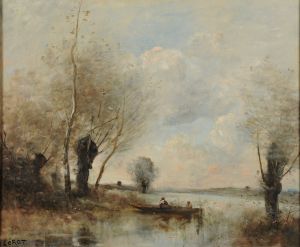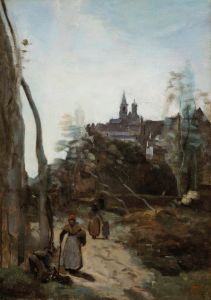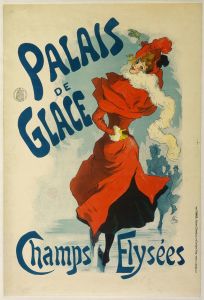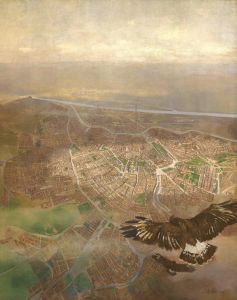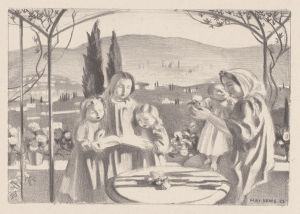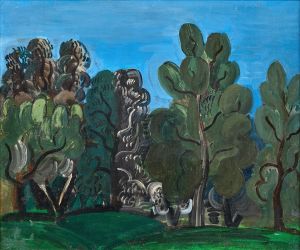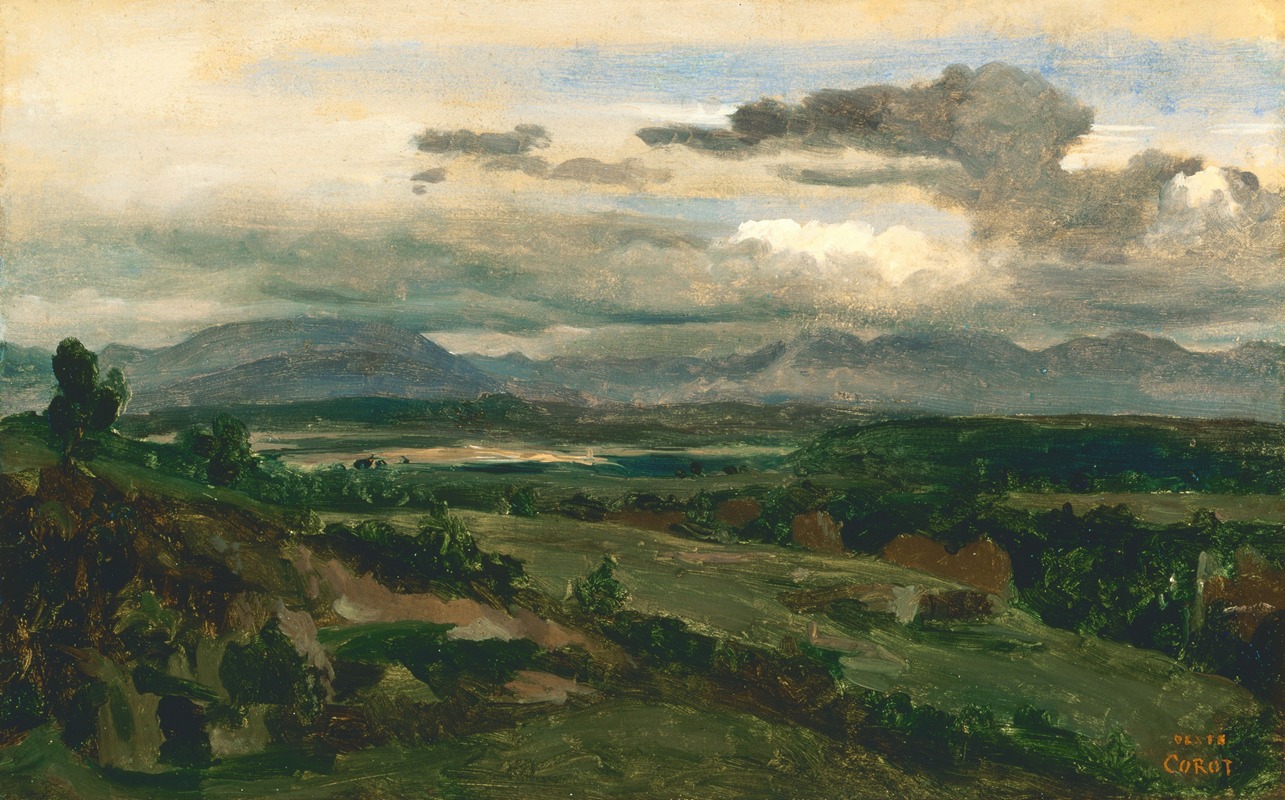
Civita Castellana
A hand-painted replica of Jean-Baptiste-Camille Corot’s masterpiece Civita Castellana, meticulously crafted by professional artists to capture the true essence of the original. Each piece is created with museum-quality canvas and rare mineral pigments, carefully painted by experienced artists with delicate brushstrokes and rich, layered colors to perfectly recreate the texture of the original artwork. Unlike machine-printed reproductions, this hand-painted version brings the painting to life, infused with the artist’s emotions and skill in every stroke. Whether for personal collection or home decoration, it instantly elevates the artistic atmosphere of any space.
Jean-Baptiste-Camille Corot's painting "Civita Castellana" is a notable work by the French landscape artist, who is renowned for his contributions to the Barbizon School and his influence on the Impressionist movement. Corot, born in 1796 in Paris, was a pivotal figure in 19th-century landscape painting, and his works often reflect a harmonious blend of naturalism and classical composition.
"Civita Castellana" is one of Corot's many paintings that capture the Italian landscape, a subject he frequently explored during his travels. Corot visited Italy multiple times, with his first trip occurring between 1825 and 1828. These journeys were crucial in shaping his artistic style, as he was deeply inspired by the Italian countryside, its light, and its classical heritage. Civita Castellana, a town in the Lazio region of Italy, became one of the subjects of his artistic exploration.
The painting "Civita Castellana" exemplifies Corot's ability to depict the serene beauty of the Italian landscape. His work is characterized by a soft, atmospheric quality, achieved through his use of a muted color palette and delicate brushwork. Corot's landscapes often feature a tranquil mood, with a focus on capturing the essence of a place rather than its precise details. This approach can be seen in "Civita Castellana," where the artist emphasizes the interplay of light and shadow, creating a sense of depth and tranquility.
Corot's technique involved painting en plein air, or outdoors, which allowed him to observe and capture the natural environment directly. This method was relatively innovative at the time and laid the groundwork for future Impressionist painters. In "Civita Castellana," Corot's attention to the effects of light and atmosphere is evident, as he skillfully renders the soft illumination of the Italian sky and the gentle contours of the landscape.
The composition of "Civita Castellana" reflects Corot's classical training, with a balanced arrangement of elements that guide the viewer's eye through the scene. The painting likely includes typical features of the region, such as rolling hills, ancient architecture, and lush vegetation, though specific details of the composition are not provided here. Corot's ability to convey a sense of timelessness and serenity in his landscapes has earned him a lasting place in the history of art.
Corot's influence extends beyond his own time, as his work served as a bridge between the Neoclassical tradition and the emerging Impressionist movement. Artists such as Claude Monet and Camille Pissarro admired Corot's innovative approach to capturing light and atmosphere, and his paintings continue to be celebrated for their poetic quality and technical mastery.
In summary, "Civita Castellana" by Jean-Baptiste-Camille Corot is a testament to the artist's skill in portraying the tranquil beauty of the Italian landscape. Through his use of light, composition, and atmospheric effects, Corot captures the essence of Civita Castellana, reflecting his deep appreciation for nature and his significant impact on the evolution of landscape painting.





